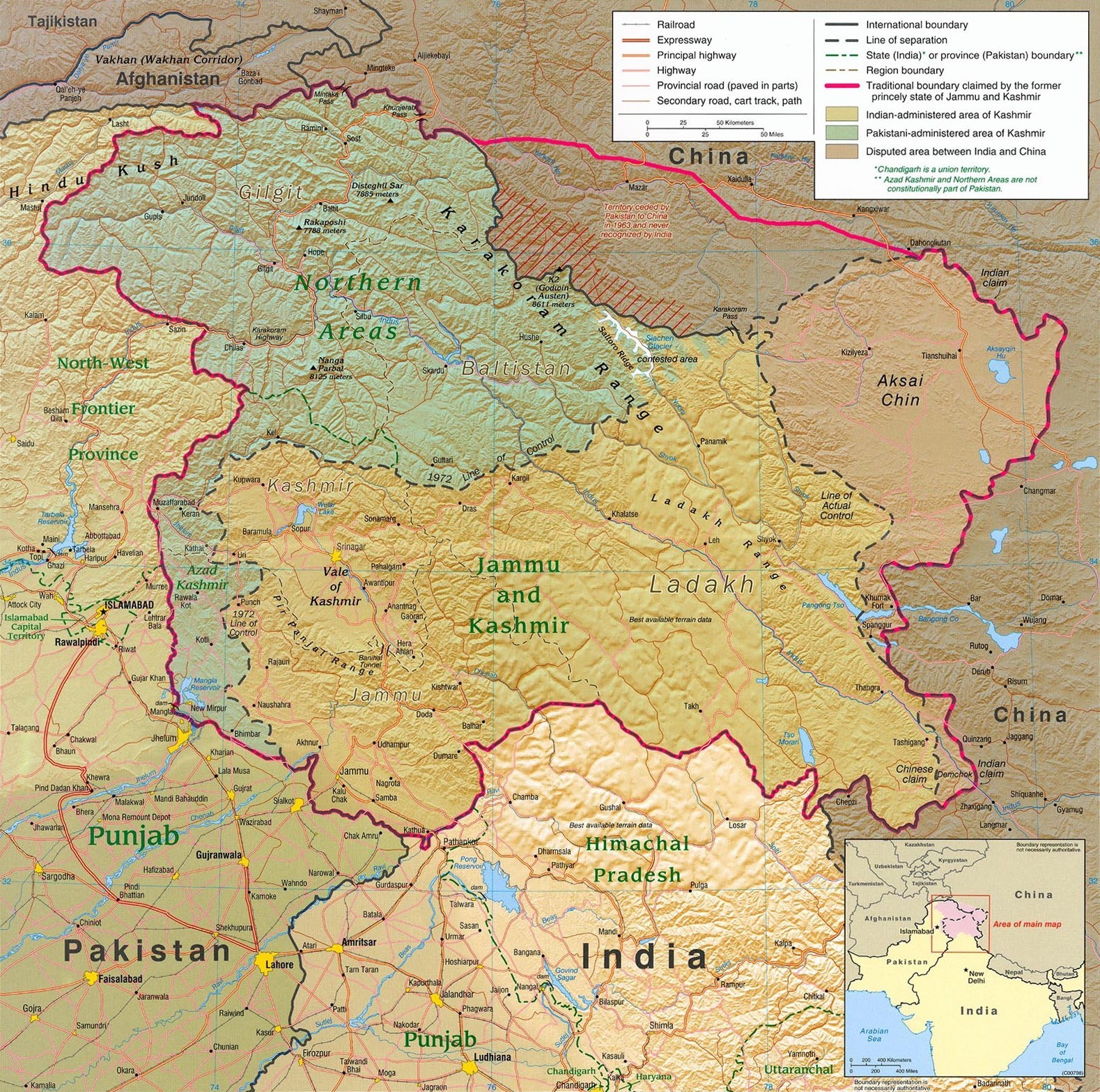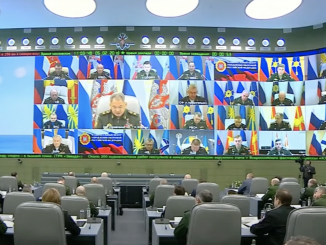Security compulsions are commonly believed to be the motivation for states to acquire nuclear weapons. However, Scott D. Sagan, in Why Do States Build Nuclear Weapons, accentuates that security considerations are not always the primary driving factor; instead, Sagan argues, prestige and domestic politics can be even more compelling factors informing state behavior to acquire nuclear weapons.
The motivations behind India’s nuclear weapon program have often been the subject of policy debate and academic scrutiny. In India’s Nuclear Bomb: The Impact on Global Proliferation, George Perkovich argues that security concerns were not the sole driver behind India’s nuclear weapons development. Instead, Perkovich propounds that India’s nuclear program is driven primarily by a deep-seated desire for international prestige.
Instead of calibrating its nuclear force posture to the stated doctrinal goal of a Credible Minimum Deterrent (CMD), New Delhi’s nuclear build-up is more compellingly explained by the ambition to exalt its status in the international system.
India’s Fissile Material Stockpiles and Production Capacity
Among the indicators of India’s prestige-driven nuclear build-up are its massive fissile material stockpiles and vast production capacity. India at the start of 2024 was estimated to have 5.7±2 tons of Highly Enriched Uranium (HEU); its weapon-grade Plutonium stockpile is estimated to be 0.7±0.16 tons. India also possesses 9.9±5.3 tons of reactor-grade plutonium obtained from its unsafeguarded Heavy-Water Reactors (HWRs). The unsafeguarded Plutonium stockpile is weapon-usable and has been designated as “strategic”, which means that it would remain available for the military program.
Importantly, India maintains an extensive unsafeguarded nuclear fuel cycle, including enrichment plants, reprocessing facilities, and HWRs, which provide India the capacity to continue expanding unsafeguarded Plutonium stockpiles. Moreover, as part of its unsafeguarded three-stage nuclear energy program, India is building Fast-Breeder Reactors (FBRs) and thorium-fueled breeders, which would enable India to amass vast quantities of Plutonium, potentially for weapons use.
Although many technical variables play out in the weaponization process, India’s current fissile material stockpiles are sufficient to produce hundreds of warheads, while its fissile material production capacity enables the potential production of thousands of warheads, which far exceed India’s doctrinal requirement of CMD. Instead, it reflects India’s desire to project parity with major nuclear powers and to field an arsenal that serves a more symbolic function than a deterrence purpose.
India’s Pursuit of Long-Range Land-Based Missiles
India’s pursuit of long-range land-based missiles further substantiates that the country’s nuclear program has scope well beyond deterring the threats in the immediate neighborhood. Over the past three decades, India has been relentlessly developing a variety of ballistic missile, some of which have an intercontinental range.
India’s Agni series symbolizes India’s journey from medium and intermediate ranges to intercontinental-range missiles. While the earlier versions of the Agni were designed against regional adversaries, Agni-V and Agni-VI (under development) are Intercontinental Ballistic Missiles (ICBMs). Considering the tradeoff between payload and range, Agni-V can reportedly have a maximum range of 10,000 km, while Agni-VI would reportedly be capable of engaging targets as far as 16,000 km with a reduced payload of 1.5 tons. While Agni-V is MIRV capable, Agni-VI is also expected to be equipped with MIRV technology, which increases its destructive power manifold.
The intercontinental-range missile systems extend India’s strategic striking range well beyond the immediate neighborhood, enabling New Delhi to project power at a global scale. India’s pursuit of long-range missiles demonstrates that the country’s nuclear force buildup corresponds more closely with its larger geopolitical ambition of asserting itself as a major global power than deterring regional threats.
Expansion of Sea-Based Nuclear Arsenal
India’s expansion of sea-based nuclear arsenal is another sign of the country’s prestige-driven nuclear buildup. India currently operates two (INS Arihant and INS Arighat) nuclear-armed submarines (SSBNs); its third submarine (INS Aridhaman) is expected to be commissioned later this year; the fourth submarine (S-4*) was launched in October 2024. The four SSBNs equipped with K-15 and K-4 (3,500 km range) missiles provide India with the Continuous At Sea Deterrence (CASD) capability and should suffice for a credible second-strike capability.
India is the only country other than the P-5 to complete the nuclear triad through technologically complex SSBNs; hence, the acquisition has an intrinsic prestige dimension and signals India’s desire to be recognized at par with technologically advanced nuclear weapon states. Nevertheless, New Delhi is neither content with the fleet of four SSBNs nor with the existing range of its SLBMs.
Reports suggest that India has completed a submarine manufacturing complex near Cochin Shipyard, which will enable the simultaneous construction of two S-5 class submarines. The S-5 fleet will comprise four submarines with almost double the displacement of the Arihant class and will be powered by an upgraded 190 MW Pressurized Light Water Reactor (PLWR). Most importantly, the S-5 submarines will reportedly be equipped with MIRVed K-5 or K-6 ICBMs with reported maximum ranges of 6,000 km and 8,000 km, providing India with the capability to strike targets anywhere in the world.
India’s plan to significantly expand its SSBN fleet and equip the boats with MIRVed ICBMs further corroborates that New Delhi’s geopolitical ambitions extend far beyond its region, and the massive nuclear buildup is fundamentally aimed at projecting itself on equal footing with major nuclear powers.
India’s Global Ambitions and Strategic Posture
The developments mentioned above demonstrate that India’s massive nuclear buildup is not merely a strategic hedge against threats in the immediate neighborhood. Instead, it provides the tangible foundation and serves the symbolic function to redefine India’s role in the emerging multipolar international system. The huge fissile material stockpiles and production capacity, the race to develop ICBMs, and the expansion of sea-based platforms point to a force posture that prioritizes global power projection and international prestige. India’s nuclear buildup, which entails mastery over complex technologies, remains a critical element of India’s identity as a major global power. Comprehending the motivations behind India’s nuclear trajectory—especially the principal role of prestige—is crucial for understanding India’s behavior in the wake of ongoing geopolitical turmoil and flux in the global nuclear order.




Be the first to comment